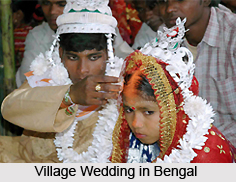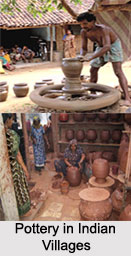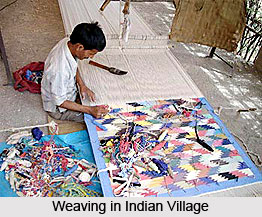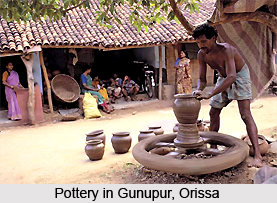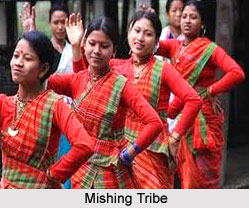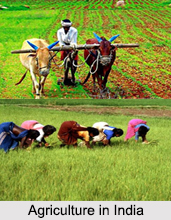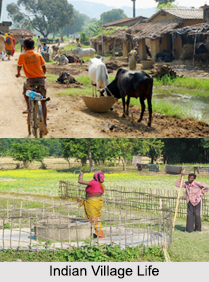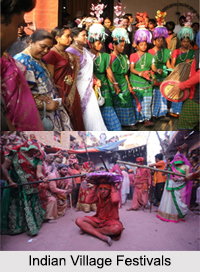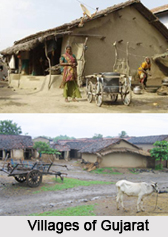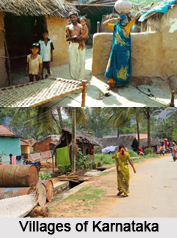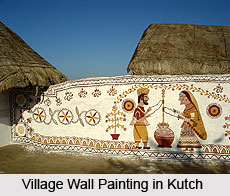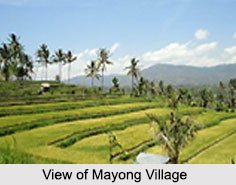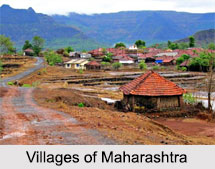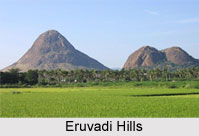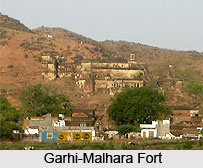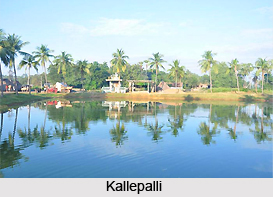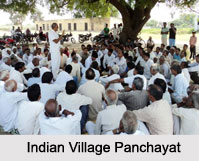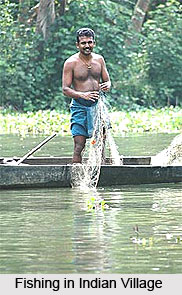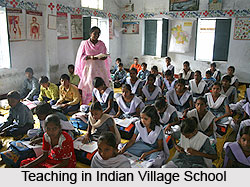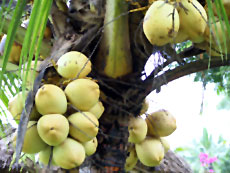 Nanjikottai is a Panchayat town in Thanjavur district in the Indian state of Tamil Nadu. It is in the 60 m elevation. It is a part of the Thanjavur urban agglomeration. It is located 8 km towards South from District head quarters Thanjavur and 335 km from State capital Chennai towards North. Nanjikottai Taluk is bounded by Thanjavur Taluk towards North, Orattanadu Taluk towards East, Thiruvaiyaru Taluk towards North and Budalur Taluk towards west. Nanjikottai, Thanjavur, Pattukkottai, Lalgudi are the nearby cities to Nanjikottai. Tamil is the local language in Nanjikottai.
Nanjikottai is a Panchayat town in Thanjavur district in the Indian state of Tamil Nadu. It is in the 60 m elevation. It is a part of the Thanjavur urban agglomeration. It is located 8 km towards South from District head quarters Thanjavur and 335 km from State capital Chennai towards North. Nanjikottai Taluk is bounded by Thanjavur Taluk towards North, Orattanadu Taluk towards East, Thiruvaiyaru Taluk towards North and Budalur Taluk towards west. Nanjikottai, Thanjavur, Pattukkottai, Lalgudi are the nearby cities to Nanjikottai. Tamil is the local language in Nanjikottai.
Demography of Nanjikottai
As of 2001 India census, Nanjikottai had a population of 22, 99. Males constitute 50% of the population and females 50%. Nanjikottai has an average literacy rate of 81%, higher than the national average of 59.5%: male literacy is 86%, and female literacy is 76%. In Nanjikottai, 9% of the population is under 6 years of age.
Agriculture in Nanjikottai
Rice is the main crop of the district. Paddy, coconut, sugarcane etc also are grown here in an ample amount.
Nearby Places at Nanjikottai
Thanjavur, Swamimalai, Darasuram, Kumbakonam, Tiruchirapalli are the nearby important tourist destinations to visit.
Transportation of Nanjikottai
Thanjavur Railway Station and Mariamman Kovil Railway Station are the very nearby railway stations to Nanjikottai Taluk. The road on Nanjikottai is very well connected.
This article is a stub. You can enrich by adding more information to it. Send your Write Up to content@indianetzone.com
